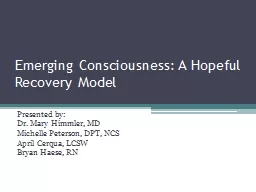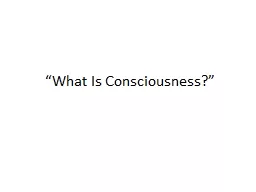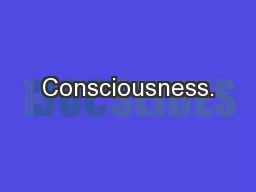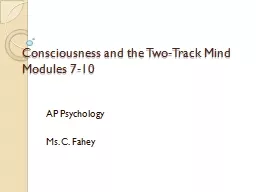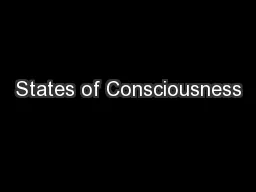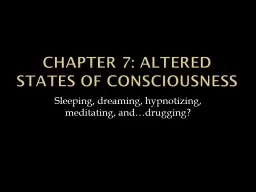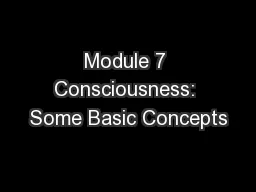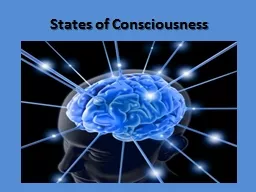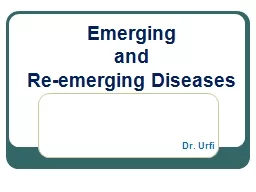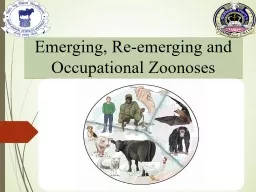PPT-Emerging Consciousness: A Hopeful Recovery Model
Author : giovanna-bartolotta | Published Date : 2018-10-12
Presented by Dr Mary Himmler MD Michelle Peterson DPT NCS April Cerqua LCSW Bryan Haese RN Objectives Define emerging consciousness Understand medical considerations
Presentation Embed Code
Download Presentation
Download Presentation The PPT/PDF document "Emerging Consciousness: A Hopeful Recove..." is the property of its rightful owner. Permission is granted to download and print the materials on this website for personal, non-commercial use only, and to display it on your personal computer provided you do not modify the materials and that you retain all copyright notices contained in the materials. By downloading content from our website, you accept the terms of this agreement.
Emerging Consciousness: A Hopeful Recovery Model: Transcript
Download Rules Of Document
"Emerging Consciousness: A Hopeful Recovery Model"The content belongs to its owner. You may download and print it for personal use, without modification, and keep all copyright notices. By downloading, you agree to these terms.
Related Documents

